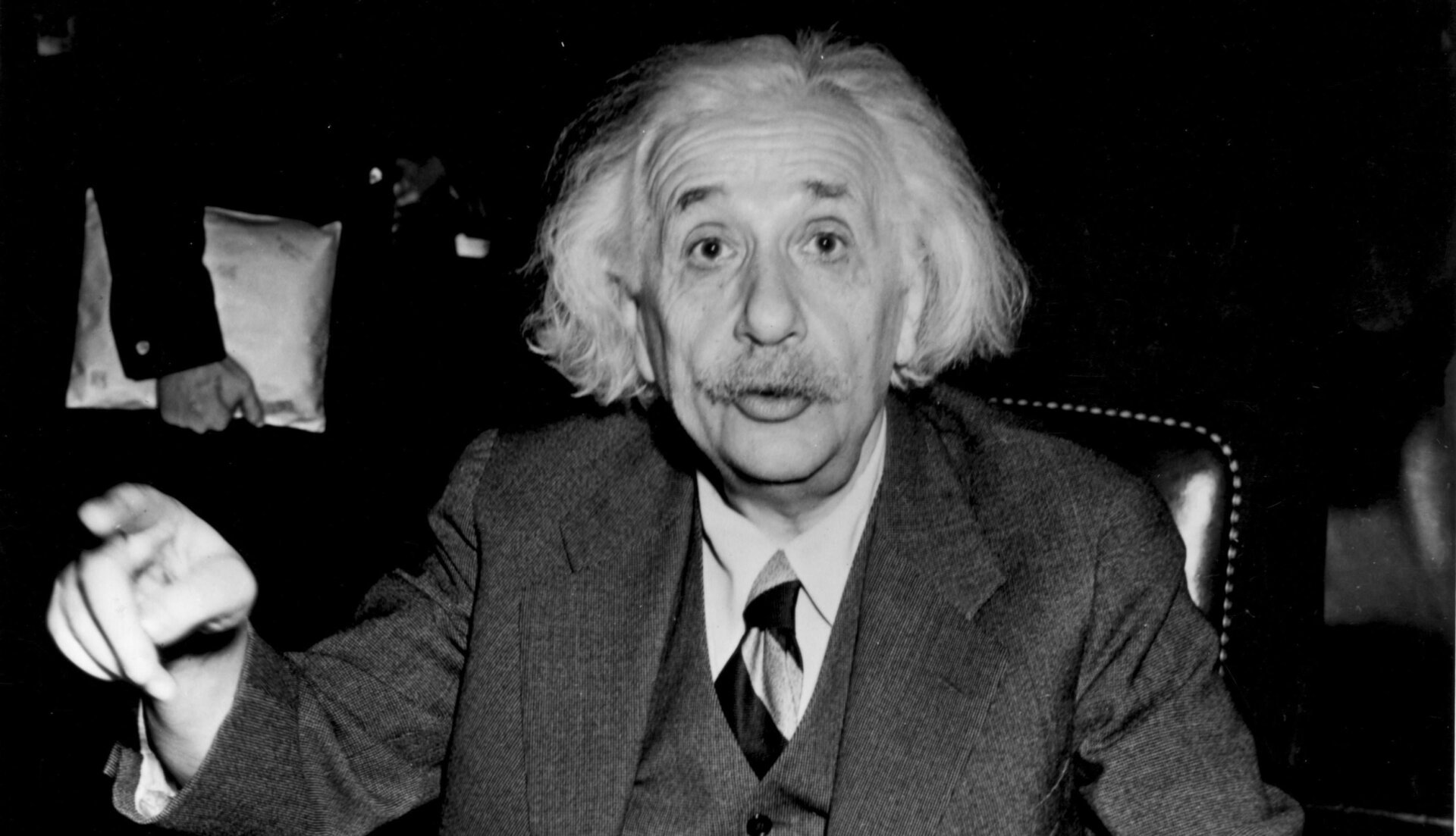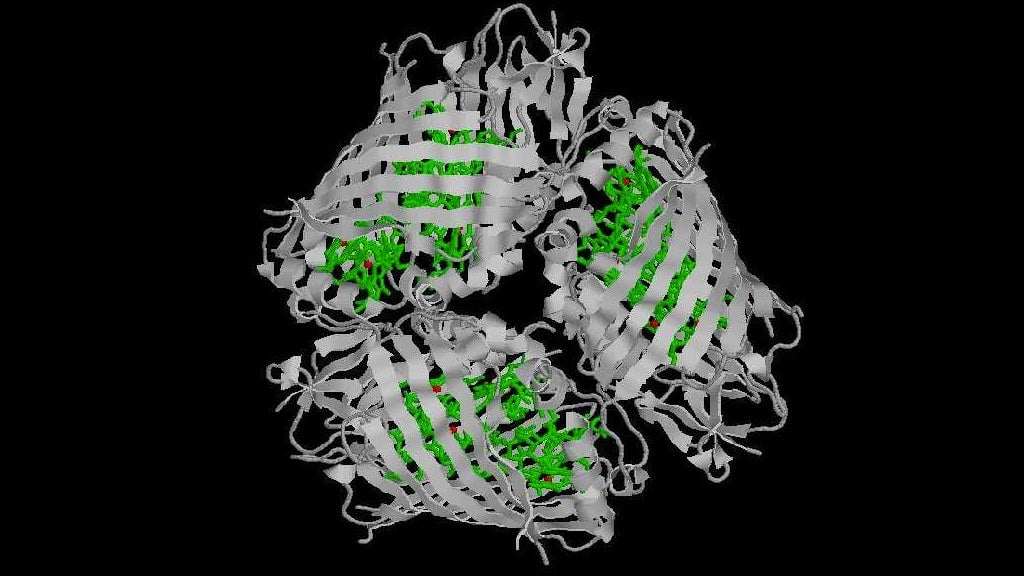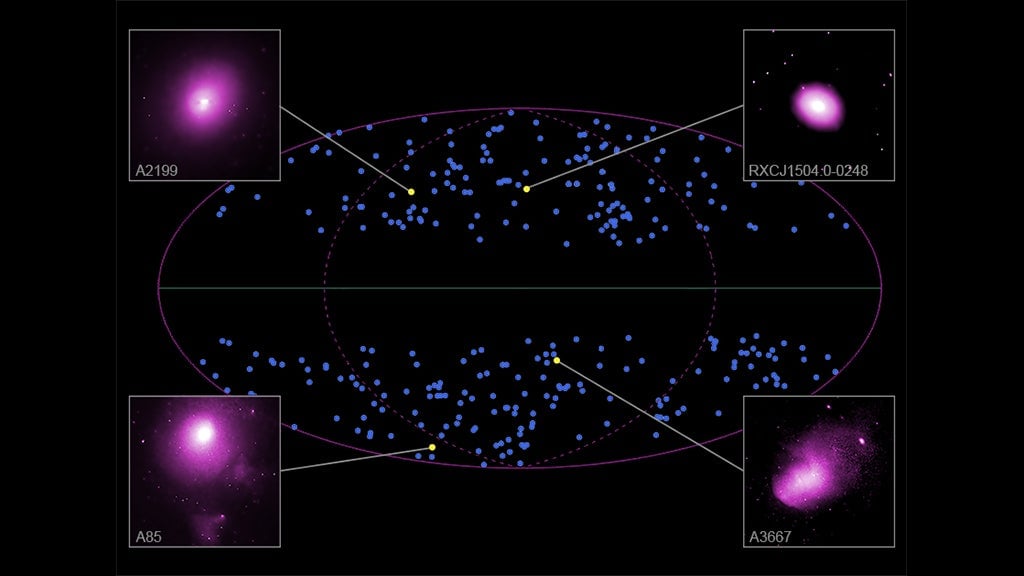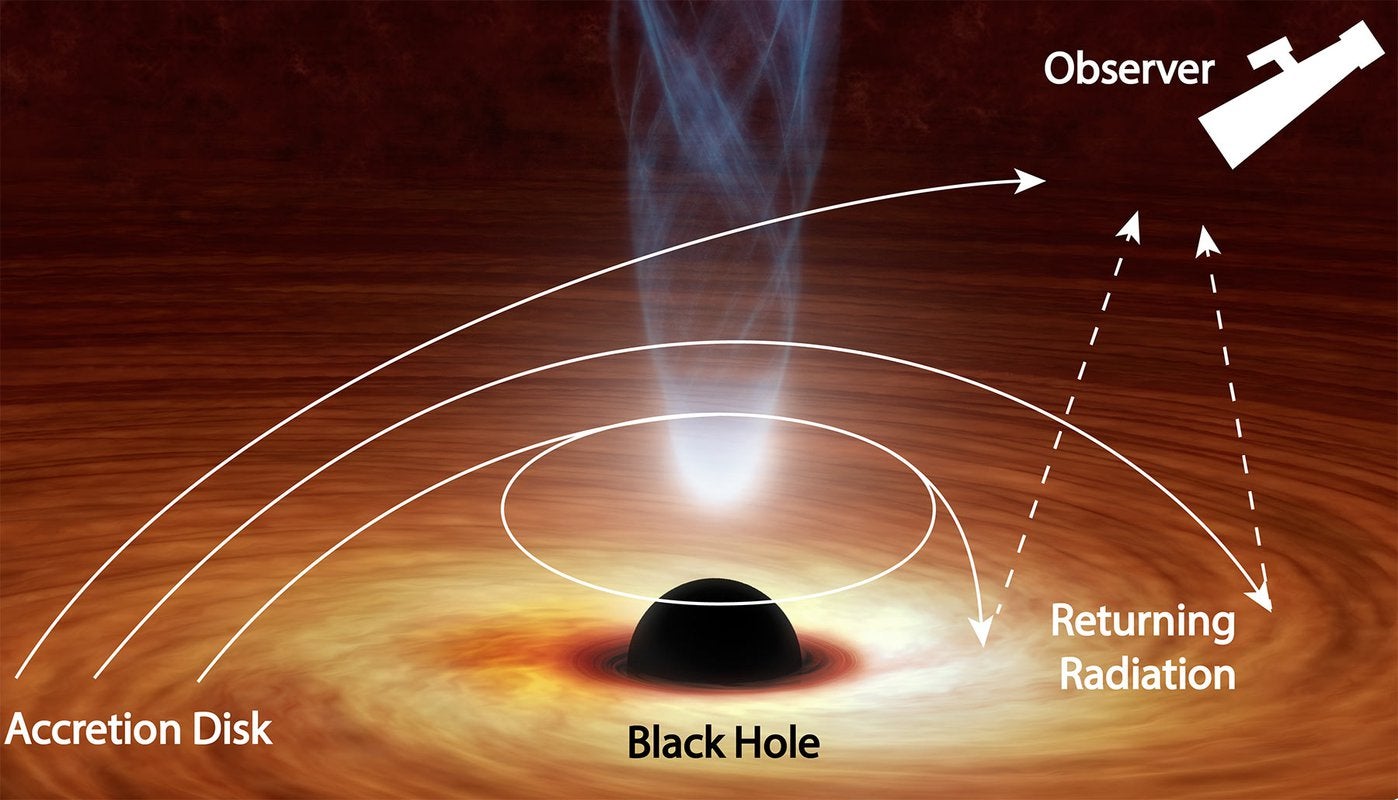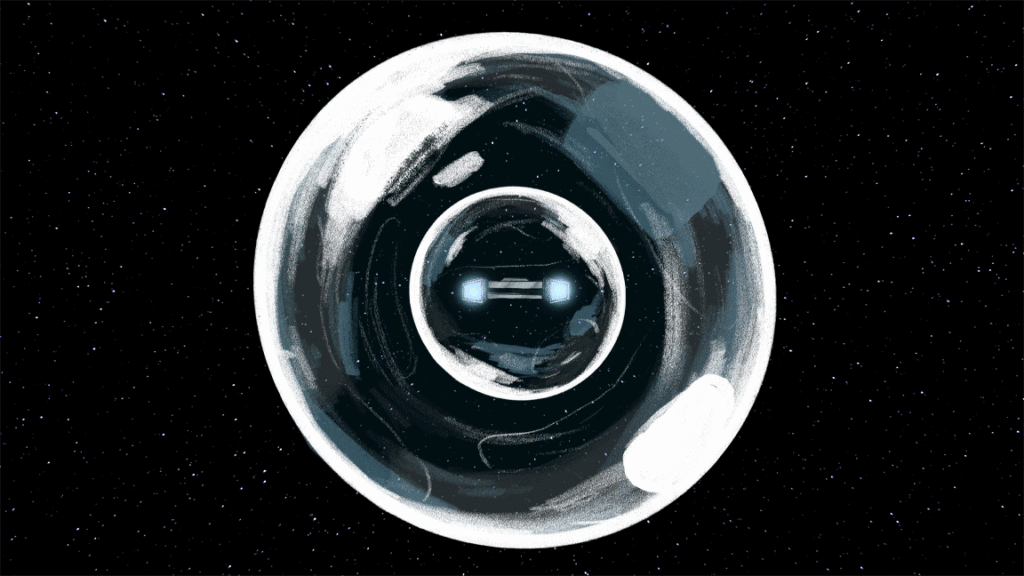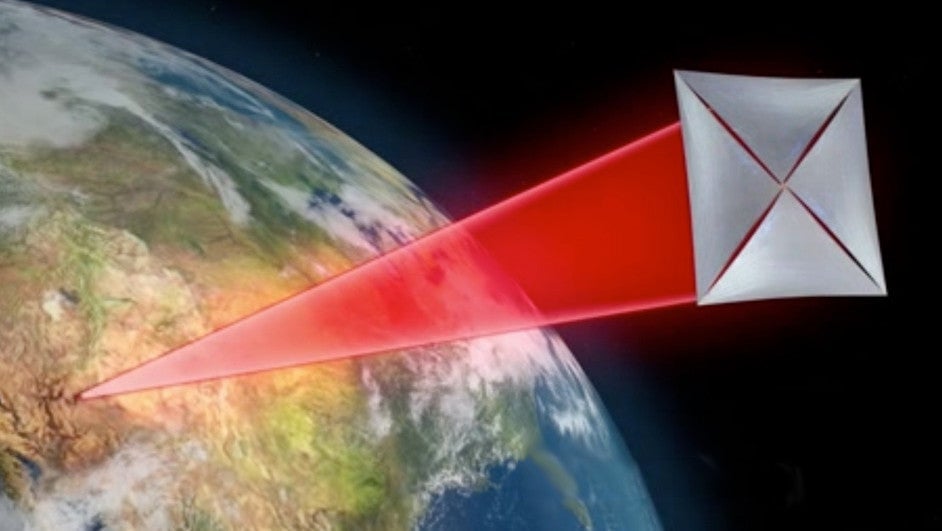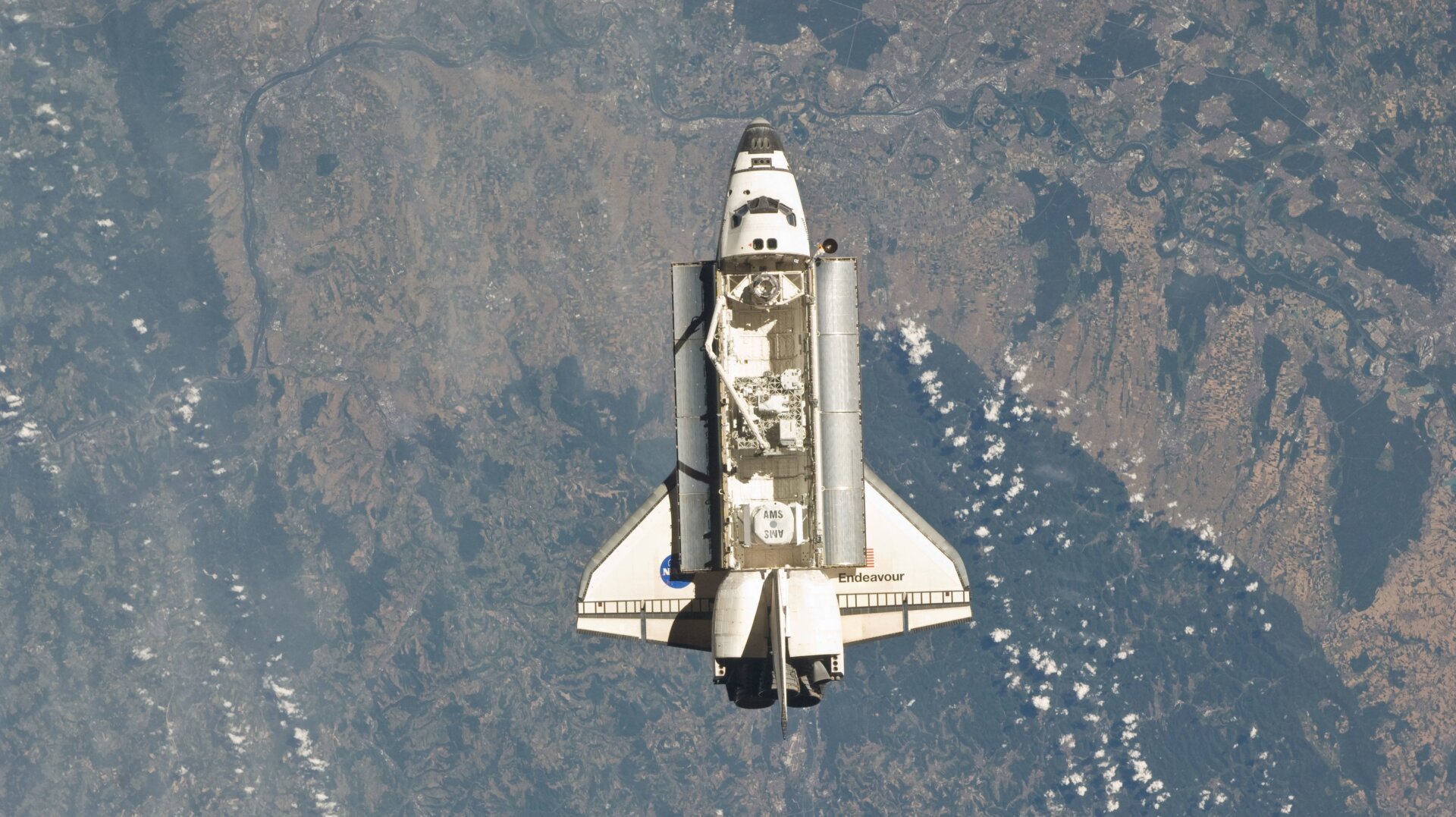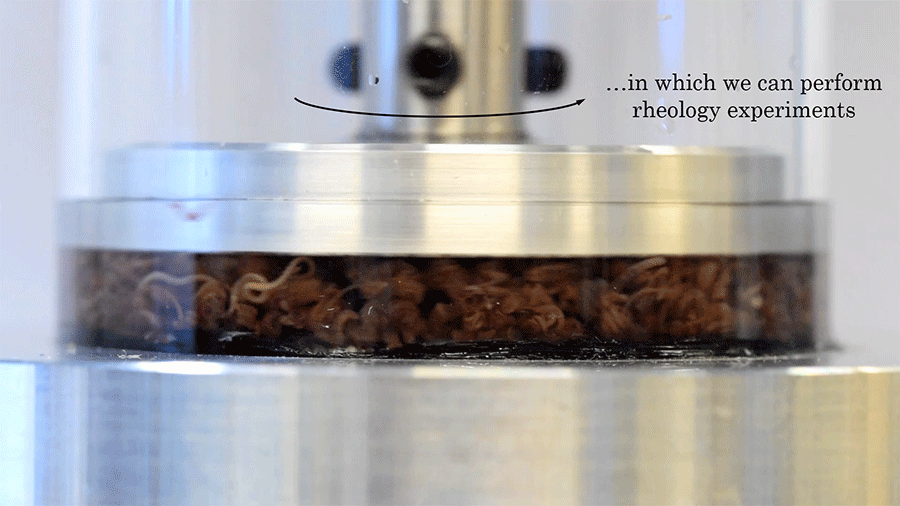In 1949, Albert Einstein, then 70 years old, penned a letter to Glyn Davys, a radar researcher in England. The subject wasn’t relativity or radar technology, but rather the intriguing navigational abilities of birds and bees. This letter, recently published in the Journal of Comparative Physiology A, offers a glimpse into Einstein’s wide-ranging curiosity and his belief that the natural world held clues to unlocking deeper physical principles.
This correspondence stemmed from Einstein’s conversations with Karl von Frisch, the Austrian-German Nobel laureate renowned for his groundbreaking research on honeybees. Von Frisch had delivered a lecture at Princeton University that same year, sparking Einstein’s interest in the physics underlying animal behavior. The letter, shared by Davys’ widow, Judith, reveals Einstein’s admiration for von Frisch’s work and his prescient suggestion that studying animal perception could unveil new physical processes.
Dear Sir:
I am well acquainted with Mr. v. Frisch’s admirable investigations. But I cannot see a possibility to utilize those results in the investigation concerning the basis of physics. Such could only be the case if a new kind of sensory perception, resp. of their stimuli, would be revealed through the behavior of the bees. It is thinkable that the investigation of the behavior of migratory birds and carrier pigeons may some day lead to the understanding of some physical process which is not yet known.
Sincerely yours,
Albert Einstein.
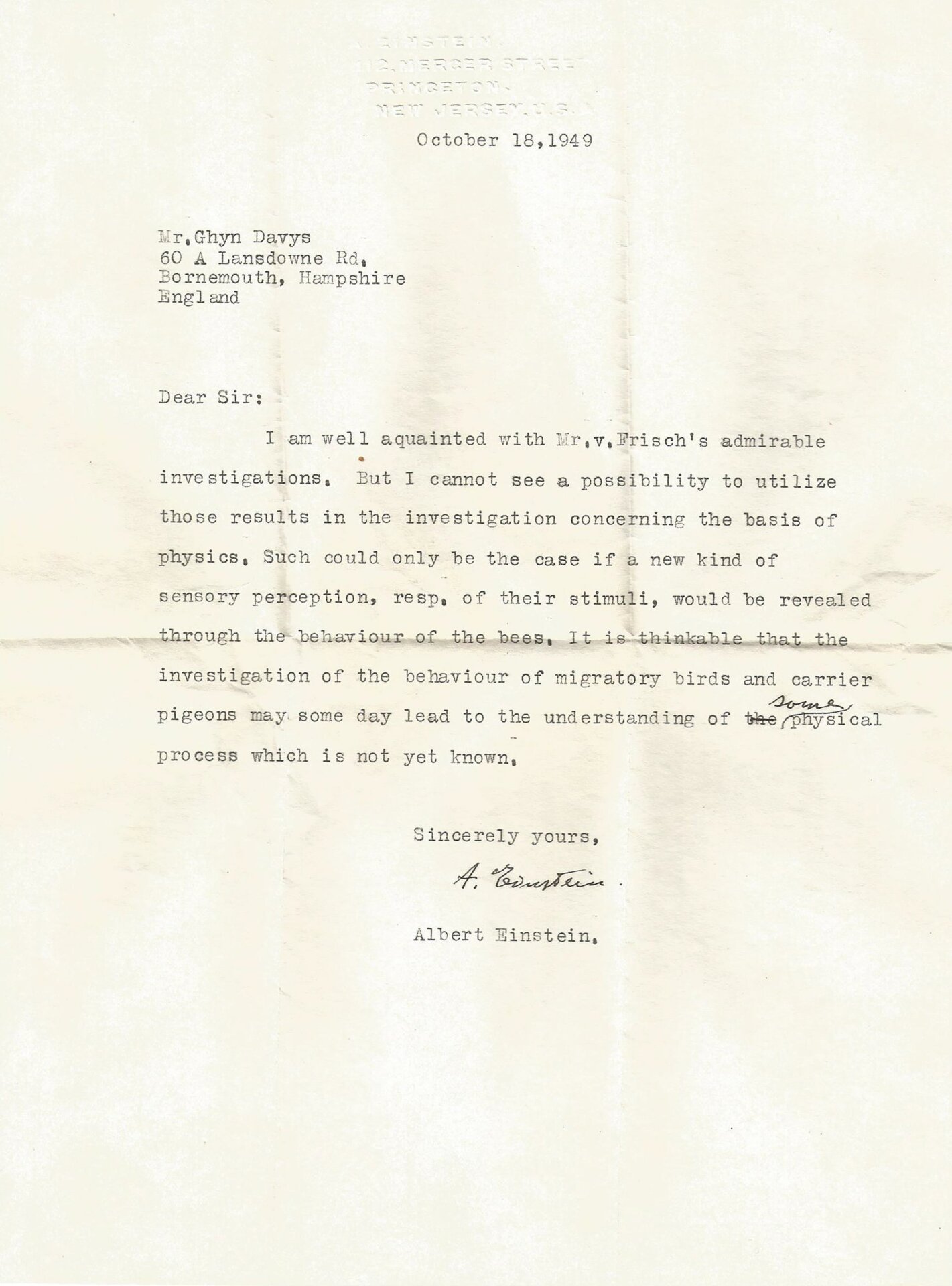 Einstein's letter to Glyn Davys, discussing animal navigation and potential new physics.
Einstein's letter to Glyn Davys, discussing animal navigation and potential new physics.
Einstein acknowledged von Frisch’s research as “admirable” but pondered whether it could directly inform fundamental physics. He suggested that the discovery of novel sensory perceptions in animals might hold the key to advancing physical understanding. He particularly highlighted the potential of studying migratory birds and carrier pigeons to uncover unknown physical processes.
Nature’s Navigators: Unraveling the Physics of Animal Movement
Decades after Einstein’s insightful letter, research has confirmed the intricate physics involved in animal navigation. Sea turtles, for instance, utilize Earth’s magnetic fields for orientation. Birds employ similar mechanisms, with some evidence suggesting a connection to quantum entanglement, a concept deeply intertwined with Einstein’s own work. Even cats, despite their enigmatic nature, exhibit a basic grasp of physics, though this doesn’t prevent their occasional forays into the realm of nonexistent boxes.
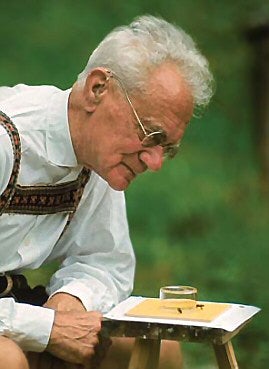 Karl von Frisch studying bees, whose navigation inspired Einstein's inquiry into the physics of animal behavior.
Karl von Frisch studying bees, whose navigation inspired Einstein's inquiry into the physics of animal behavior.
Adrian Dyer, a researcher at RMIT University in Melbourne, Australia, and lead author of the study that published Einstein’s letter, notes the significance of Einstein’s foresight. “Seven decades after Einstein proposed new physics might come from animal sensory perception,” Dyer states, “we’re seeing discoveries that push our understanding about navigation and the fundamental principles of physics.” Dyer’s team confirmed Einstein and von Frisch met in person following von Frisch’s 1949 Princeton lecture.
Einstein’s Legacy: A Continued Quest for Understanding
Einstein’s curiosity extended beyond the theoretical confines of physics. He recognized the interconnectedness of the scientific world and sought inspiration from diverse sources, including the fascinating behaviors of animals. His letter to Davys serves as a testament to his intellectual breadth and his enduring belief that nature holds the answers to many of science’s most profound questions. This pursuit of understanding continues to inspire researchers today as they delve into the intricate workings of animal navigation and its implications for our understanding of the physical universe.



